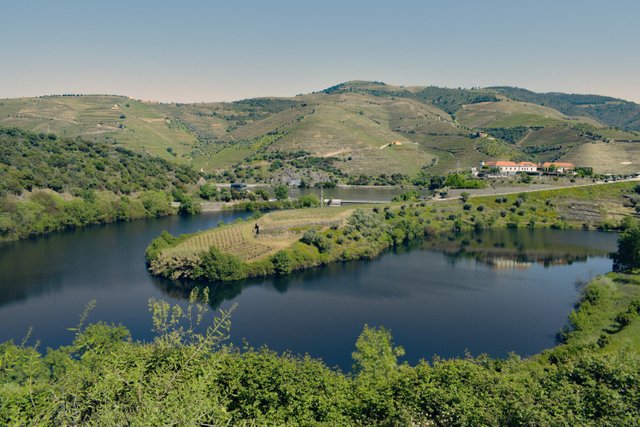📷Curiosities about the Azores Archipelago
Italy Community
✅ 1870 | The Fate of the Spindrift – The "Chintz Ship" of São Jorge Island
In the early hours of December 6, 1870, the English barquentine Spindrift, a three-masted vessel built in Liverpool and weighing 350 tons, was wrecked off the northern coast of São Jorge Island, approximately 300 meters east of the Caldeira de Santo Cristo lagoon.
Having already completed two transatlantic voyages, the ship had departed Liverpool bound for the Mexican port of Tabasco under the command of Alfred Sikes. Its cargo consisted of cotton fabrics and other textiles. However, this third voyage came to a tragic end amidst a violent storm off the Azores.
The episode was vividly described in a dispatch dated December 20 by the correspondent of the newspaper O Fayalense, under the headline:
“A drama at sea and a farce on land.”
"The southeast wind blew furiously, the sea rolled in massive waves; thick fog made the night’s darkness even heavier. Driven by the storm, the ship quickly approached the coast. This immense cliff, looming above the sea, seems to create a vacuum at its base. When a storm roars, the wind crashes down from the hilltop onto the sea with a horrible fury. The gusts shatter and reflect in every direction, like the shards of a bomb. Any vessel entering these deadly confines is battered from all sides and driven uncontrollably. It obeys neither sail nor helm [...]
This is what happened to the Spindrift."
Years later, this event was thoroughly investigated by researcher Paulo Alexandre Monteiro and presented at the symposium Portuguese and Spanish Shipwrecks in the Azores Archipelago, held in Lisbon in November 2008. While O Fayalense dated the wreck to December 6, Monteiro’s findings suggest it occurred on December 26.
On that early morning, António Matos, a resident of Fajã de Cima on São Jorge Island, was awakened by knocking at his door. It was a stormy, pitch-black night, with heavy rain and strong winds. Reluctantly opening the door, he found two foreign men in a pitiful state, speaking English he could not understand. He guided them to the house of João Teixeira Luís, who had lived in the United States and might understand them.
It was João who finally uncovered their story: the two men — one English and one Irish — were shipwreck survivors. They were the only survivors of the nine-member crew of the Spindrift, an iron-hulled barquentine that had departed Liverpool headed for the West Indies.
On Christmas Day, the vessel — laden with textiles and goods — had approached the island’s coast unknowingly. Heavy fog, bad weather, and internal disputes among the drunken officers all contributed to the disaster. Carried by the sea, the Spindrift and its disoriented, nearly mutinous crew struck a reef known as Baixa do Meio, then drifted toward Eirinha. The vessel grounded and split in two within minutes, just 300 meters east of the Caldeira de Santo Cristo lagoon.
Seven out of the nine crew members perished. The two survivors, after making it ashore, spotted a faint light atop the cliffs and made their way toward it, where they met António Matos.
At dawn, wreckage from the ship was visible from the cliffs — including:
"Bales of chintz, in garish and extravagant prints, cottons, calico, denim, fine fabric, umbrellas, scarves, thread reels, crockery, demijohns, canned goods, spices, and many other items."
Word of the wreck spread quickly. Curious locals from near and far began gathering at the site — their curiosity soon turning into unbridled looting, with people fighting over whatever the sea had washed ashore, especially the floating chintz fabrics.
Conflicts erupted. Several people were injured, and a young woman tragically lost her life, dragged away by the sea. Those who arrived too late to loot at the shore began assaulting others on land, robbing those who had reached the site first.
These shameful events mirrored the ancient practices of maritime communities that, sometimes even deliberately, engaged in the plundering of shipwrecks and survivors.
The remains of the Spindrift sparked what became known as “The Chintz War”, but for many residents of São Jorge, the wreck turned into an "unexpected Christmas gift." For years afterward, people wore the recovered fabrics and textiles from the ill-fated ship, which soon became known across the island as “the chintz ship.”
| Category | #italy |
| Photo taken at | Douro Valley - Portugal |
)


Upvoted! Thank you for supporting witness @jswit.
Thanks for stopping by :) I really appreciate the support :) Cheers :)